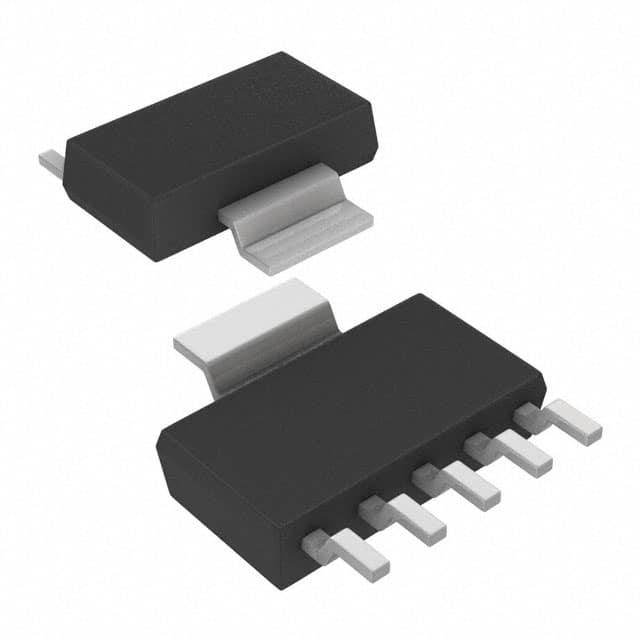Diodes Incorporated AP1117TL-U
- AP1117TL-U
- Diodes Incorporated
- IC REG LINEAR POS ADJ 1A TO220-3
- PMIC - Voltage Regulators - Linear
- AP1117TL-U Datasheet
- TO-220-3
- Tube
-
 Lead free / RoHS Compliant
Lead free / RoHS Compliant - 29112
- Spot Inventory / Athorized Dstributor / Factory Excess Stock
- 1 year quality assurance 》
- Click to get rates
| Part Number AP1117TL-U |
| Category PMIC - Voltage Regulators - Linear |
| Manufacturer Diodes Incorporated |
| Description IC REG LINEAR POS ADJ 1A TO220-3 |
| Package Tube |
| Series - |
| Operating Temperature 0°C ~ 125°C (TJ) |
| Mounting Type Through Hole |
| Package / Case TO-220-3 |
| Supplier Device Package TO-220-3 |
| Output Type Adjustable |
| Voltage - Output (Min/Fixed) 1.25V |
| Voltage - Output (Max) 5V |
| Current - Output 1A |
| Output Configuration Positive |
| Control Features - |
| Voltage - Input (Max) 18V |
| Number of Regulators 1 |
| Voltage Dropout (Max) 1.4V @ 1A |
| Current - Quiescent (Iq) 10 mA |
| Current - Supply (Max) - |
| PSRR 60dB (180Hz) |
| Protection Features Over Current, Over Temperature |
| Package_case TO-220-3 |
AP1117TL-U Guarantees



• Prompt Responsiveness
• Guaranteed Quality
• Global Access
• Competitive Market Price
• One-Stop support services of supply chain
Jinftry, Your most trustworthy component supplier, welcome to send us the inquiry, thank you!
Do you have any questions about AP1117TL-U ?
Feel free to contact us:
+86-755-82518276
+8615019224070, annies65, +8615118125813
568248857, 827259012, 316249462
+8615019224070, +8615118118839, +8615118125813
( Email first will be appreciative )
Customer reviews
Diodes Incorporated

Diodes Incorporated - Diodes Incorporated is a leading global manufacturer and supplier of high-quality application specific standard products within the broad discrete, logic, analog and mixed-signal semiconductor markets. In November 2015, Pericom Semiconductor became ...

ZSR700N8TA
IC REG LINEAR 7V 200MA 8SOP

AP1184K5-15L-13
IC REG LINEAR 7V 200MA 8SOP

AP1184K5-15L-U
IC REG LINEAR 7V 200MA 8SOP

AP1184K5-50L-13
IC REG LINEAR 7V 200MA 8SOP

AP1184K5-50L-U
IC REG LINEAR 7V 200MA 8SOP

AP1086T15L-U
IC REG LINEAR 7V 200MA 8SOP

AP1117T15L-U
IC REG LINEAR 7V 200MA 8SOP

AP130-15YL-13
IC REG LINEAR 7V 200MA 8SOP



















